What Hi-Fi? Verdict
The C1 isn’t much of a step-up from the CX, but it didn’t need to be – this is a superb TV at a competitive price
Pros
- +
Superb all-round picture quality
- +
Near-flawless feature set
- +
Better remote and menu system
Cons
- -
Marginal gains on last year’s CX
- -
Unengaging audio
Why you can trust What Hi-Fi?
LG’s C-series model has been the go-to pick of its OLED range for several years. It has always been the most affordable model with the company’s best panel and picture processing wizardry. Spending more would get you a fancier design and potentially better sound, but the picture would be no different.
That’s not the case in 2021. LG has introduced a new, brighter and sharper ‘OLED Evo’ panel, and the C1 doesn’t have it.
With so much of the focus on the upgraded G1, it’s perhaps predictable that the C1 isn’t a huge step up over its predecessor. That’s not necessarily a bad thing, though, as its predecessor was one of the best TVs of 2020, and the C1 benefits from a few subtle performance nips and tucks as well as a lower launch price.
Pricing
The OLED65C1 price at launch is £2499 ($2500). That’s £300 ($300) lower than the price at which last year’s 65-inch CX model launched. It’s also £500 ($500) cheaper than the 65-inch G1, which has the new OLED Evo panel and is designed specifically to be wall-mounted (you don’t even get a pedestal or feet in the box, although you can buy these separately).
If you’re after a smaller OLED, the C1 is also available in 48-inch and 55-inch sizes, and if you want to go bigger, there are 77-inch and even 83-inch versions available.
The full model number includes three alphanumerics after ‘C1’. These refer to the region in which the set is being sold and potentially the colour of its pedestal, bezels and rear panel, with some versions exclusive to particular retailers. The performance should be identical.
Build
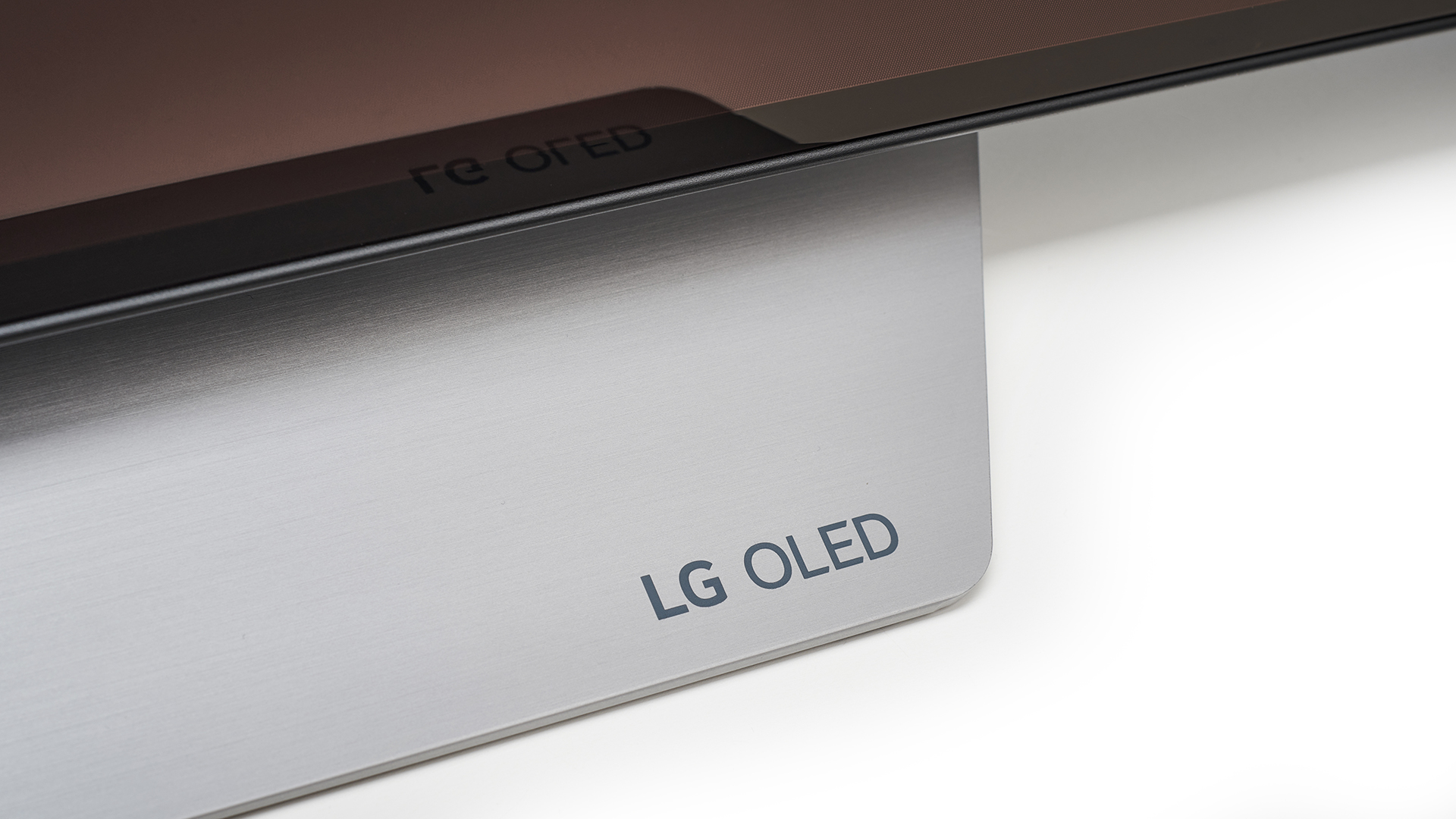
Our review sample is the OLED65C16LA, which has a pedestal stand that’s a lighter shade of silver than the ‘4LB’ and ‘PUB’ version. It also has a rather unusual white rear panel that could make it slightly easier to find the connection you’re looking for.
The latest hi-fi, home cinema and tech news, reviews, buying advice and deals, direct to your inbox.
Otherwise, this 6LA is identical in design to the other C1 models – and last year’s CX, which was practically identical to the C9 of 2019. Attractive though it is, sticking with the same design for three generations seems a little unambitious, particularly as there are things that we would change. For example, while the pedestal stand looks elegant, it's also very heavy, gives the TV a rather wide footprint of about 92cm (36 inches) and sits the TV quite low, which could be an issue for those who want to add a soundbar.
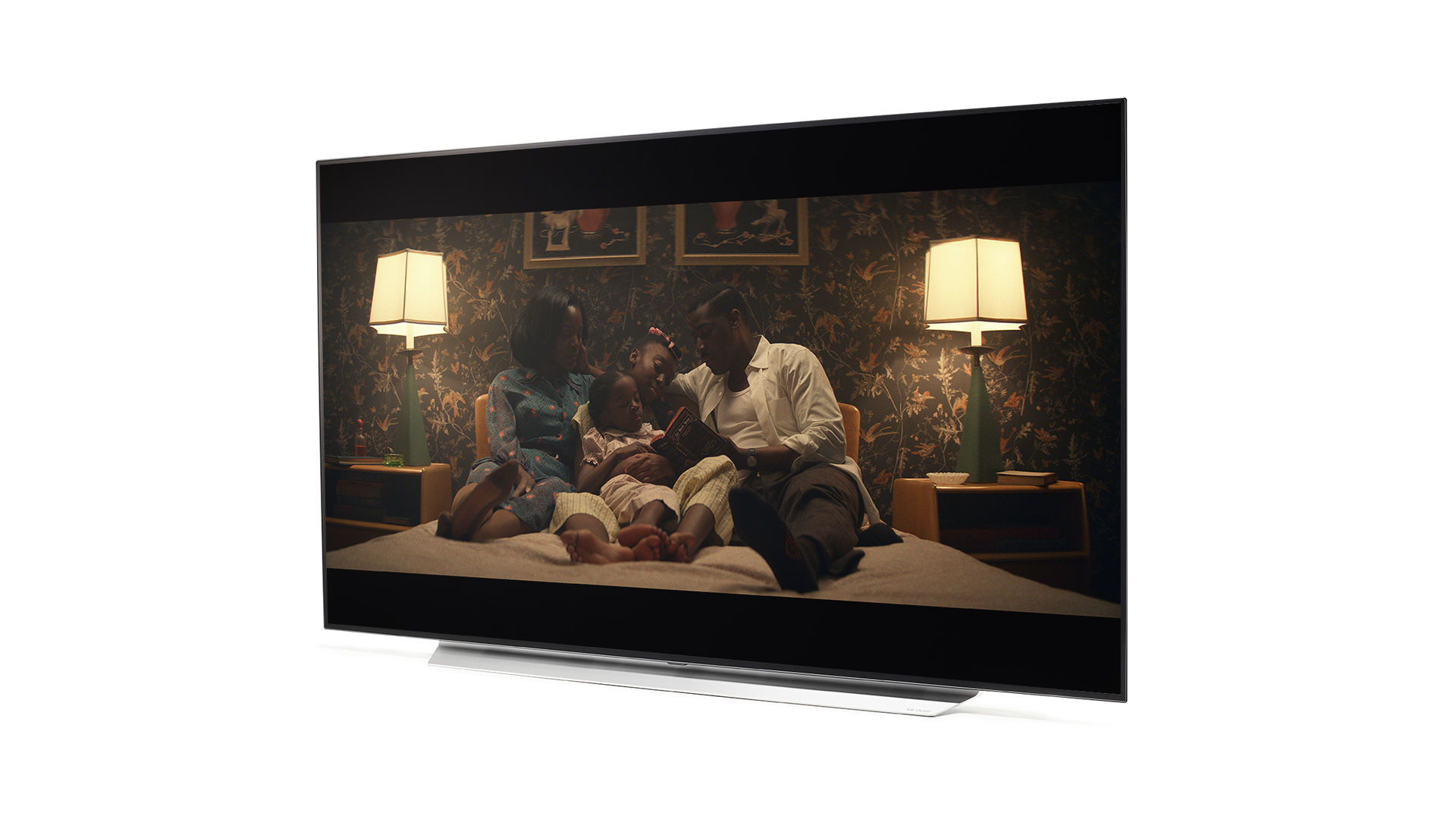
Screen type OLED
Resolution 4K
Operating system webOS 6.0
HDR formats HDR10, Dolby Vision, HLG
HDMI x4 (all HDMI 2.1)
4K@120Hz Yes
VRR Yes
ALLM Yes
ARC/eARC eARC
Optical out Yes
With the stand removed for wall-mounting, the C1 looks much like any other OLED TV when viewed straight on: a large screen with a thin, flush bezel and no branding. There’s a small protrusion at the centre of the bottom edge that houses the IR sensor and standby light, but that’s about it. Viewed from the side, the set has that typical combination of a thin panel section (about 3mm) and a thicker plastic section that houses the electronics, connections and speakers. This gives the C1 an overall depth measurement of 4.7cm (1.8 inches), which makes it much thicker than the G1 (2cm / 0.8 inches) and even the backlit Samsung QN95A (2.6cm / 1 inch).
Like the G1, the C1 comes with the new version of LG’s Magic Remote. The new model arguably looks less interesting than its predecessor, but it’s slightly thinner and feels even better in the hand. The buttons also feel nicer and are better spaced and there are more shortcut buttons to take you directly to specific streaming services. And the much-loved pointer functionality remains.
Features
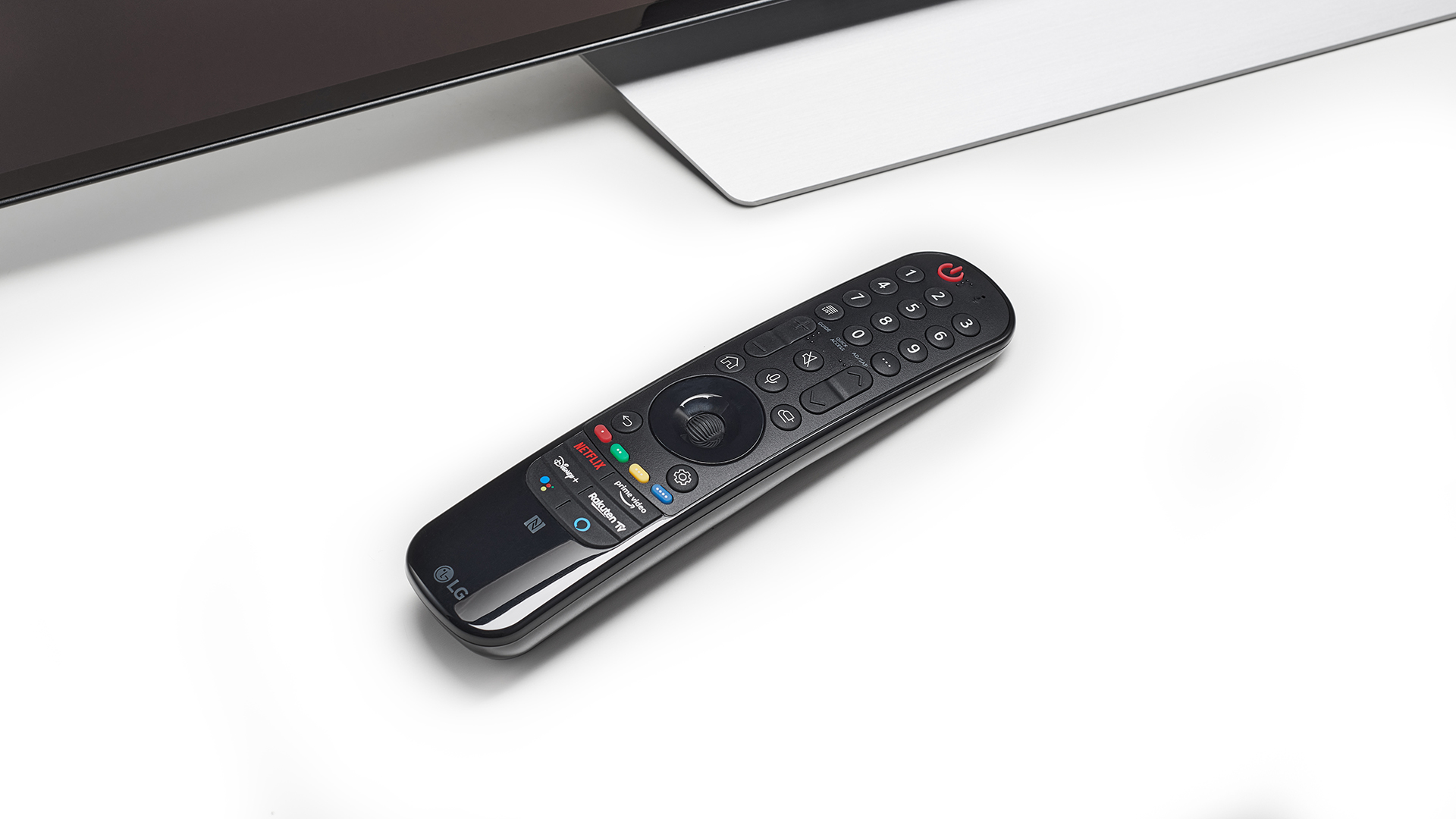
The C1’s design is identical to that of the CX and so is the selection and layout of its connections. There are both aerial and satellite sockets (Freesat support for the UK), an ethernet port, optical and headphone outputs, three USBs and four HDMIs. All four of those HDMIs are 2.1-spec, rated to 40gbps. One of these supports eARC, and all four support 4K@120Hz, VRR (in all current formats) and ALLM. Add a low input lag of under 13ms and there’s no better-specified TV for gaming right now.
After their year apart in 2020, LG and Freeview Play have reunited for 2021, which means UK buyers of the C1 and its siblings get access to the full suite of core catch-up apps, including BBC iPlayer, ITV Hub, All 4 and My5. These weren’t live when we tested our early sample of the G1, but they are present on the C1.
They complete a strong overall app selection that includes Netflix, Amazon Prime Video, Disney+ and Apple TV, all with full support for 4K, Dolby Vision and Dolby Atmos; Rakuten is available in HDR10 and Dolby Atmos; Google Play Movies & TV is present (for now) with HDR10 and 5.1; Now TV (or ‘Now’, as it has been recently rebranded) gives you contract- and dish-free access to Sky content; and Spotify, Tidal, Amazon Music, Deezer and BBC Sounds make for a thorough music offering. The only disappointments are that BT Sport, Apple Music and TuneIn are missing, all of which feature on Samsung sets.
This year’s LGs come with webOS 6.0 installed, and this new version of the company’s operating system is a major departure. Most notably, pressing the Home button no longer brings up a row of apps that overlays whatever you are watching, but instead takes you to a fullscreen Home menu dominated by content recommendations from various streaming services. The idea is that it’s less about hovering over or clicking on a specific app to find something to watch, and more about the content being front and centre.
Unfortunately, Netflix is missing from this aggregation, as it is from many similar systems, and that rather hampers its usefulness. The intelligence of the recommendations is somewhat questionable, too, with shows for kids often being promoted long after most children will be in bed, for example. Of course, a set can only learn so much over our review period and you might find that the quality of the recommendations improves over time.
We rather like the new home menu overall, although we’re a little disappointed to see that LG has deemed it necessary to include adverts for its soundbars in the windows at the top of the screen.
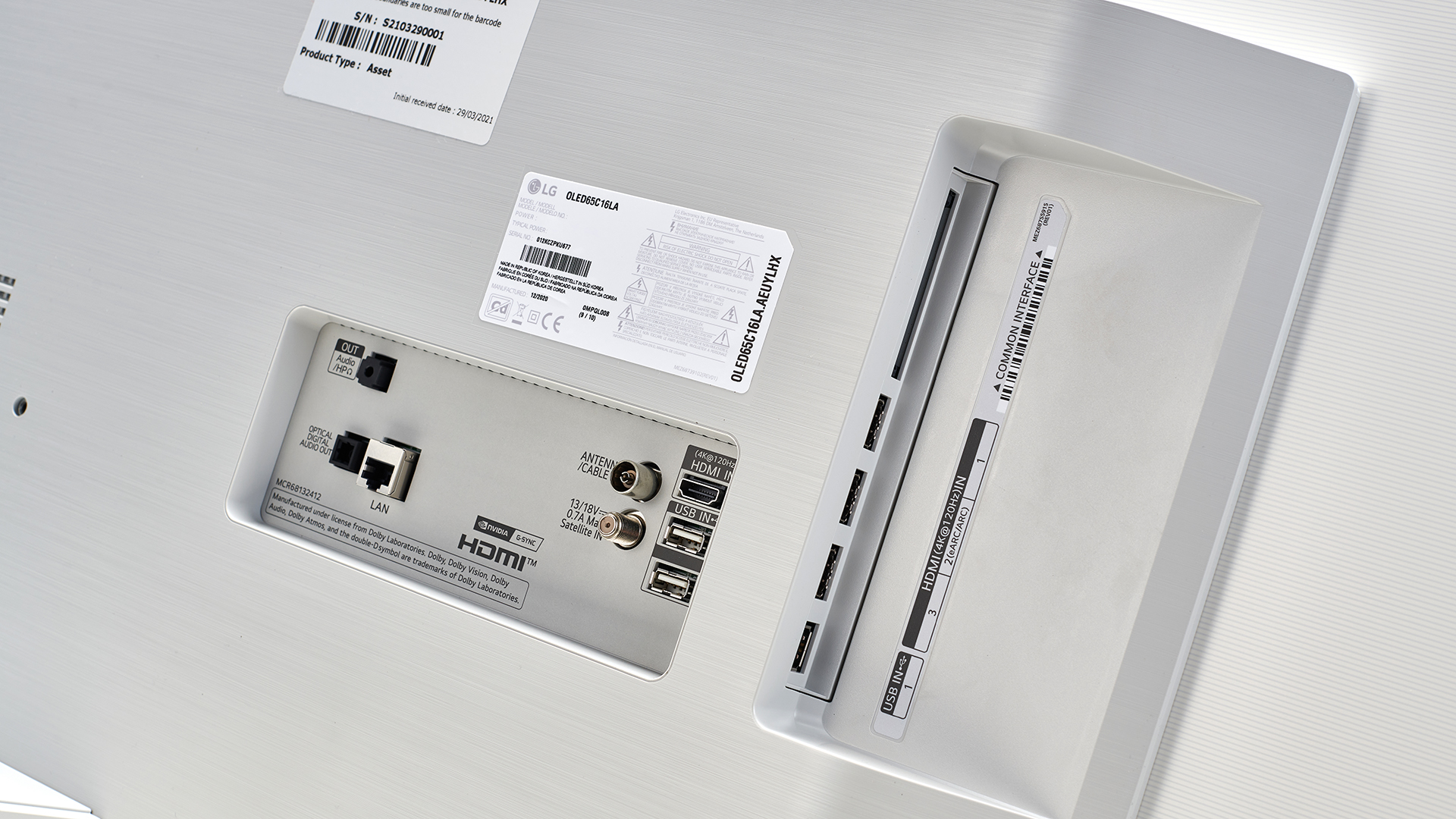
On the plus side, LG has also finally overhauled its settings menus. The rather ugly and convoluted menus have been replaced by a system with larger fonts, a less severe white-on-grey colour scheme and a far more logical layout, all without sacrificing opportunities for tweaking performance.
For most people, though, little tweaking will be necessary. Dolby Vision content will by default activate the Dolby Vision Cinema Home preset and AI Brightness Setting, and that equates to a Dolby Vision IQ performance. It’s worth leaving these settings as they are, as the performance is in line with our expectations of Dolby Vision, and the IQ element improves dark detail when viewing in a well-lit room without tampering with the performance under ideal conditions.
We leave the set’s AI Picture Pro and AI Sound Pro settings (which you're encouraged to enable during initial set-up) on when viewing all non-Dolby Vision content. These features have been improved by the new AI Processor Gen4.
The AI Upscaling, Clearer Text and Auto Genre Selection features are unchanged, but Object Enhancement has been upgraded. There’s also a brand new Scene Detection feature. The Gen4 processor also brings with it improvements to de-contouring, which should result in less banding of colours, and to the dynamic tone mapping algorithm, which LG says results in better contrast and less haloing around bright objects.
In terms of sound, AI Sound Enhancement now has height virtualisation. The new Auto Volume Levelling feature is designed to reduce jarring volume differences as you switch between different apps and sources.
Ultimately, AI Picture Pro and AI Sound Pro do a lot of the hard work and while some will still feel the need to tweak, the out-of-the-box performance should suit most people. As with the G1, for HDR10 content we opt for the Standard preset and only feel the need to switch the Auto Dynamic Contrast setting from Low to High. For SDR, we stick with Standard and marginally reduce Contrast, Screen Brightness and Sharpness. Make sure you also turn off the Energy Saving feature, which you'll find in the Support menu. You’ll also want to experiment with the TruMotion settings, more on which below.
Picture

Starting with Rogue One in Dolby Vision from the Disney+ app, it becomes clear that little has changed from the CX. With both sets side-by-side, it’s hard to spot any differences – the C1 is just a little richer in its reds and purer in its whites, but that could just as easily be down to panel variation as to a change in TV model.
The CX’s performance with Dolby Vision content was superb, and so is the C1’s. It’s a beautifully vibrant and solid image with lots of detail and excellent contrast. The scenes in outer space predictably play to its strengths, with perfect, pure blacks combining with bright, white stars to dazzling effect. The G1 produces an even sharper and brighter picture, but not to a degree that will have C1 owners feeling too left out.
Switching to Blade Runner 2049 in HDR10, the similarities between the C1 and its predecessor continue. It’s a fabulously punchy and detailed picture with a colour balance that never looks anything other than entirely correct despite the many challenges that the film creates, such as the yellow-lit rooms of the Wallace Corporation and the lush forest of Dr Stelline’s fabricated memory.
This film shows that LG has made some slight improvements to its motion processing, specifically to its most subtle TruMotion option, called Cinematic Movement. This replaces last year’s Cinema Clear and is designed to reduce stutter without adding shimmer to tricky motion. Though not perfect, it is a clear upgrade, maintaining a much better grip on K’s car as it flies past the skyscrapers on his way into LA, and again as it crashes to the ground in a later scene. Some may prefer to turn TruMotion off entirely, but Cinematic Movement is as close to a spot-on setting as LG has produced.
Firing up Thor: Ragnarok, also in HDR10, we’re able to appreciate the improvements to de-contouring, with the banding in the red portion of the Marvel logo being significantly reduced on the C1, compared with the CX.
With SDR content, the C1 skews slightly brighter than the CX and digs up a touch more dark detail. As Joe recites French phrases in the pre-dawn gloom at the opening of the Looper Blu-ray, the edge of his collar and the texture of his jacket are visible on the C1 but missing on the CX. As he drives along the dirt road towards the incinerator, there’s less noise to the image, though the CX was already a clean performer. LG’s OLEDs have long been appreciated for their upscaling abilities, and the C1 makes slight improvements here without introducing any flaws.
Even with standard-def, the image is as clean and controlled as one could hope from a large TV that is essentially having to make up a lot of the picture, and the bright whites and colours of the Pointless studio pop slightly more on the C1 than they do on the CX.
Sound
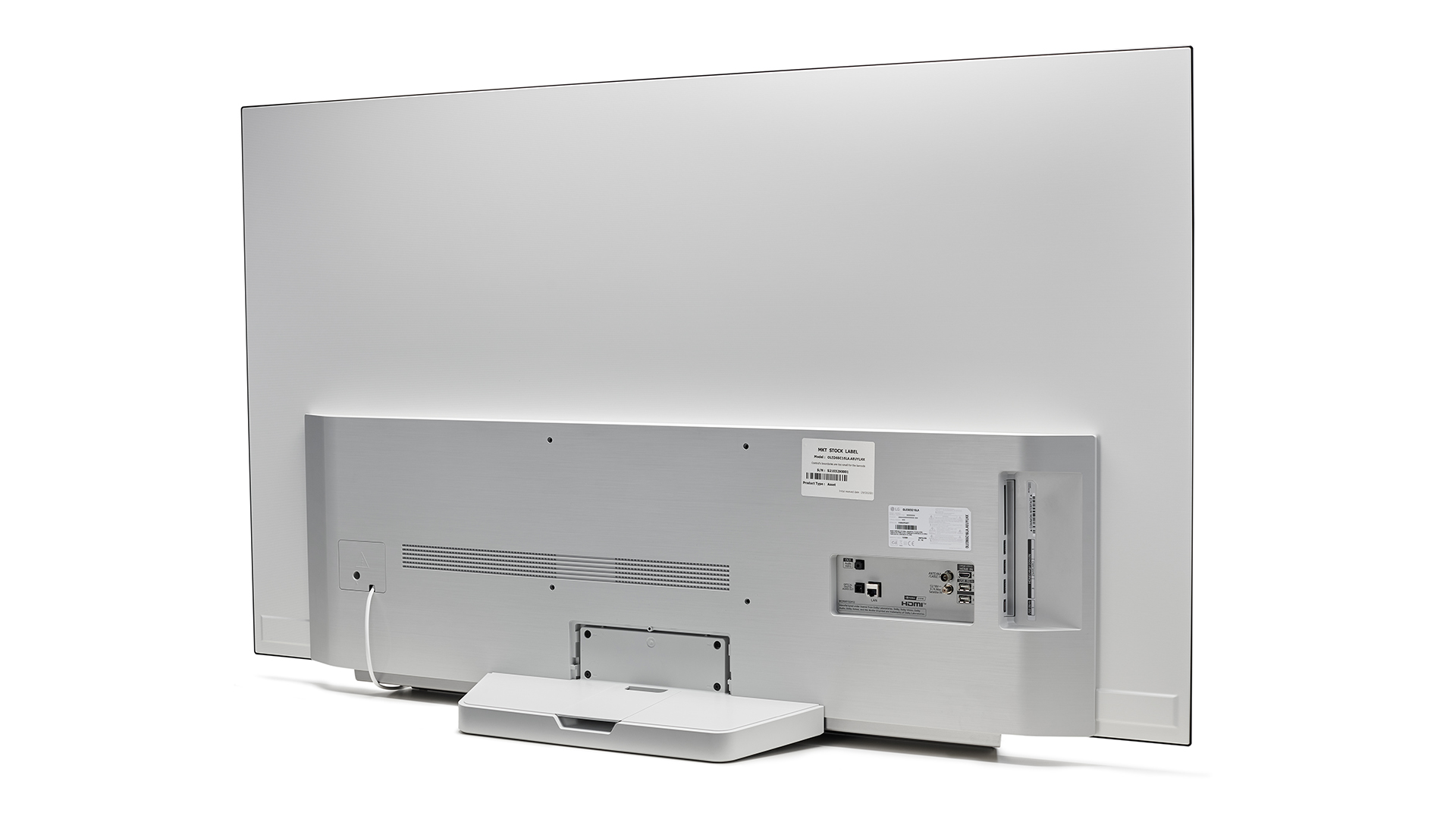
While the speaker system of the C1 is apparently the same as that of the CX, the processing has changed and so has the presentation. That’s generally a good thing. For starters, the horrible flapping that Blade Runner 2049’s soundtrack produced from the CX’s speakers is not present here, at least when the Dolby Atmos mode is activated.
The sound is more open and spacious, too, giving everything a slightly more cinematic feel, and there’s a cleanliness and smoothness to proceedings that the CX lacked. But on the other hand, the sound is less punchy and dynamic, and the presentation less exciting overall. It’s not dull to the same degree as the G1, and many would prioritise smoothness over excitement, but it should be possible to have both.
You can get some punch back by switching off the Dolby Atmos processing (which also limits maximum volume), but that makes for a far narrower soundstage and brings back the woofer-flap, so isn’t an ideal solution.
Ultimately, you should budget for a separate sound system to accompany your new TV. A Sonos Beam would be a huge improvement on the C1’s speakers, but an Arc is a more deserving partner if you aren't in a position to go for a full home cinema system.
Verdict
The C1 isn’t much of an improvement on its predecessor, but there wasn’t much that needed improving. The picture performance and feature set were already exemplary, and LG has slightly improved the former with its new Cinematic Movement motion processing and enhanced de-contouring feature, and slightly improved the latter with a better menu system and a more complete app selection.
Of course, you can get a better LG OLED in the form of the G1, but most people will struggle to justify the extra £500 ($500), particularly when the niche design and weaker sound are taken into account.
Some will still be disappointed that LG hasn’t gone further with the new C1, and not having done so could prove costly when we compare all of the 2021 TVs for our Awards later in the year. However, right now, it’s one of the best TVs you can buy.
SCORES
- Picture 5
- Sound 4
- Features 5
MORE:
Read our guide to the best OLED TVs
Read our LG OLED65G1 review
Read our Samsung QE65QN95A review
Read our Philips 65OLED805 review
What Hi-Fi?, founded in 1976, is the world's leading independent guide to buying and owning hi-fi and home entertainment products. Our comprehensive tests help you buy the very best for your money, with our advice sections giving you step-by-step information on how to get even more from your music and movies. Everything is tested by our dedicated team of in-house reviewers in our custom-built test rooms in London, Reading and Bath. Our coveted five-star rating and Awards are recognised all over the world as the ultimate seal of approval, so you can buy with absolute confidence.

